| USA MUSEUMS |
| USA Museums | Picture Description |
|---|---|
 |
Center for Architecture
Location : New York City The Center for Architecture is located in the Greenwich Village neighborhood at 536 LaGuardia Place. It is between West 3rd Street and Bleecker Street in Manhattan, New York City. The center was designed by architect Andrew Berman and completed in 2003. The Center for Architecture opened to the public in October 2003. The center is operated by the New York Chapter of the American Institute of Architects, has become an increasingly important cultural institution through its revolving exhibits on architecture, urban planning, urban design, and environmental planning. The center also puts on seminars, public feedback forums, project unveilings, and educational programs, as well as events and exhibitions. |
 |
Center for Architecture
Location : New York City The Center for Architecture has a revolving set of exhibits, and is always different and fresh. When I went I got to see the results of the Architecture design contest which had a variety of very interesting architectural designs, home spaces, and bridges. |
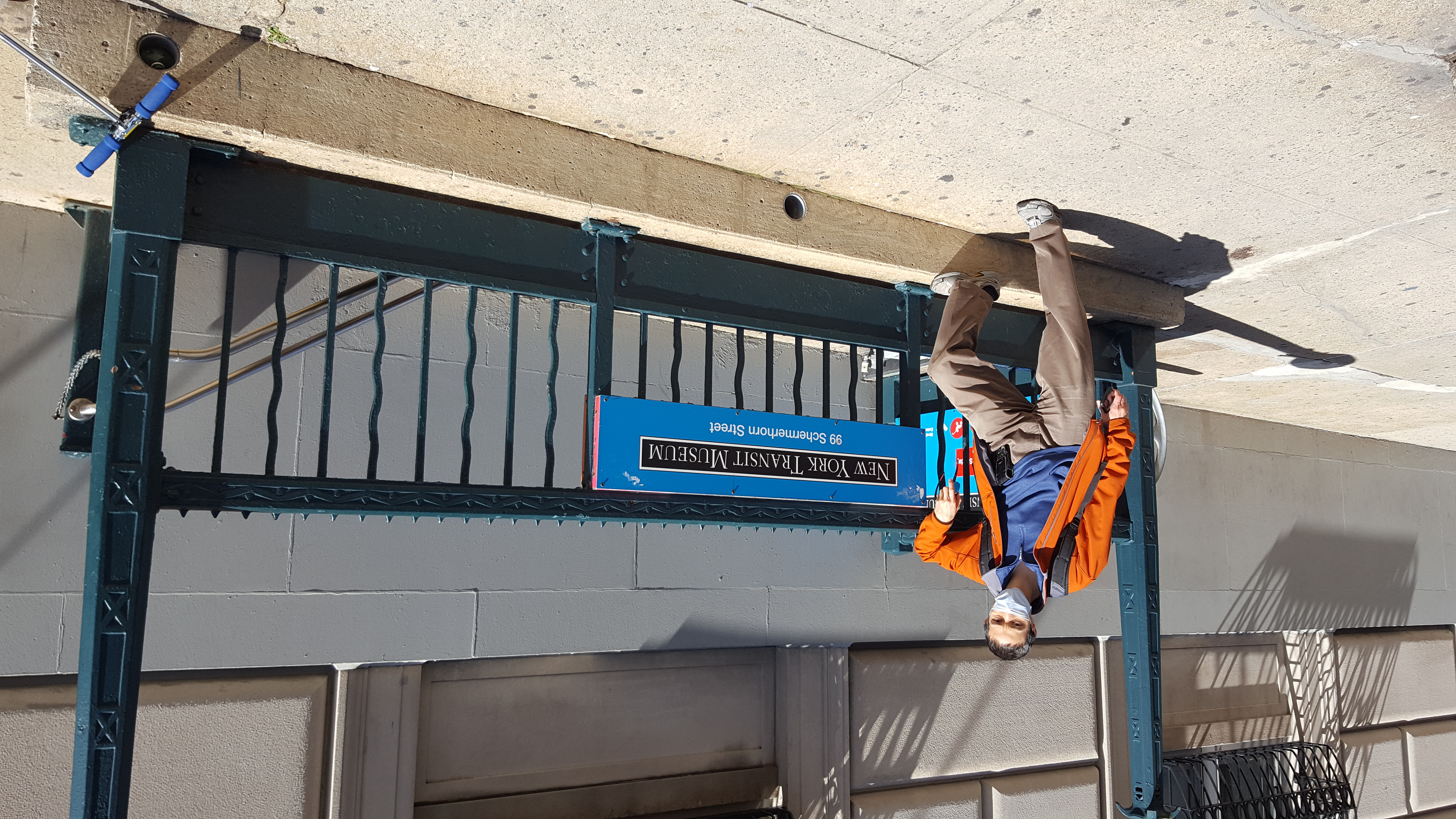 |
NY Transit Museum
Location : New York City The New York Transit Museum (also called the NYC Transit Museum) is a museum that displays historical artifacts of the New York City Subway, bus, and commuter rail systems in the greater New York City metropolitan region. The main museum is located in the decommissioned Court Street subway station in Downtown Brooklyn and Brooklyn Heights in the New York City borough of Brooklyn. There is a smaller satellite Museum Annex in Grand Central Terminal in Midtown Manhattan. |
 |
NY Transit Museum
Location : New York City The museum is two floors with a huge number of displays, memorabilia and articles. Pictured here is the lower floors with a huge collection of older trains. The New York subway system started service in 1904, and it was very interesting to see adds through the decades including the World War II years. The upper floor had models of trains dating back through history. It had a wonderful timeline of key events. Signs from various eras. It had pictures showing trains from a wide variety of places and times. Well wroth the visit to get a better understanding of the history of the subway, metro, and bus system. |
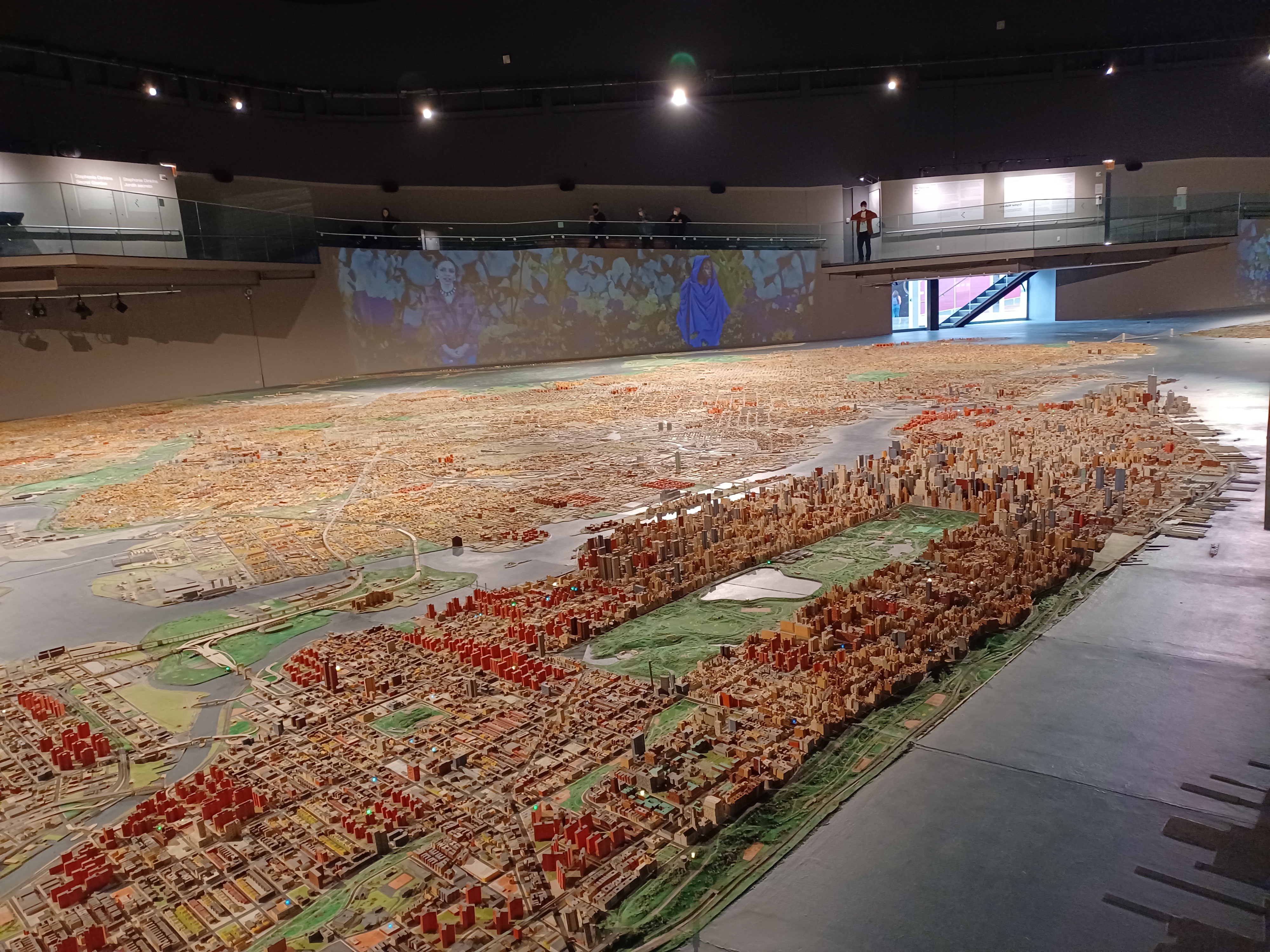 |
Queens Museum
Location : New York City The Queens Museum, formerly the Queens Museum of Art, is an art museum and educational center located in Flushing Meadows–Corona Park in the borough of Queens in New York City, United States. The museum was founded in 1972, and has among its permanent exhibitions, the Panorama of the City of New York, a room-sized scale model of the five boroughs originally built for the 1964 New York World's Fair, and repeatedly updated since then. The diaorama is a 9,335-square-foot (867.2 m2) architectural model that includes every single building constructed before 1992 in all five boroughs. It is at a scale of 1 inch = 100 feet (1:1200). The Panorama was built over 3 years by a 100 person team from Raymond Lester Associates for the 1964 World's Fair. The model, depicts a total of 895,000 individual structures. It also has a large archive of artifacts from both World's Fairs, a selection of which is on display. |
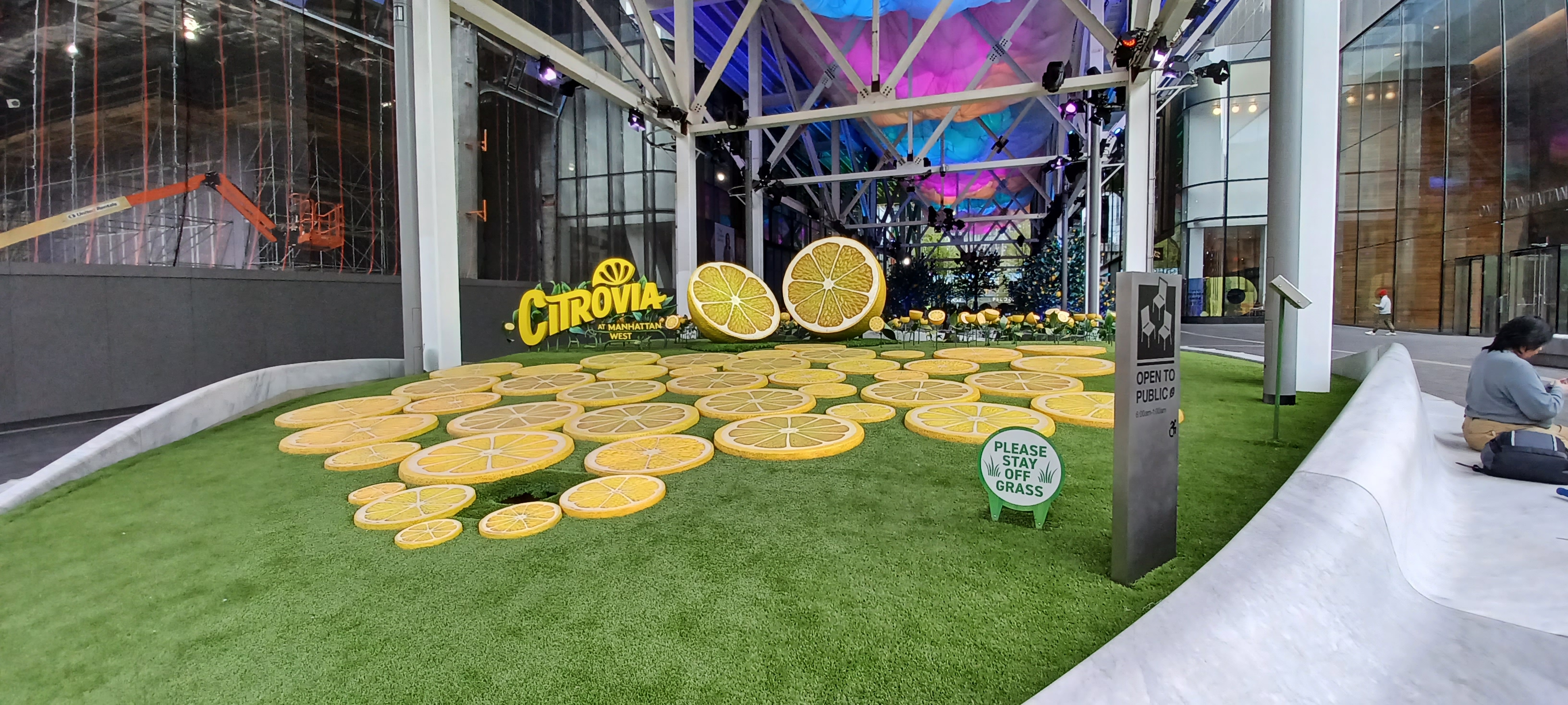 |
Citrovia
Location : New York City Citrovia is an art installation of a sprawling, fantastical citrus garden. Larger-than-life and stranger-than-fiction, Citrovia features thousands of oversized, hand-painted lemons, leaves and trees, and billowing fabric clouds that can mimic sunrise and sunset. This whimsical 30,000-square-foot art installation has more than 700 handcrafted, detailed plaster lemons (and 3,800 handcrafted steel and foam painted leaves). The playful and surreal lemon grove in Manhattan West is owned by Brookfield Properties. Due to overhead lighting displays it creates colorful moods behind two layers of pillowy white fabric (designed to mimic clouds). |
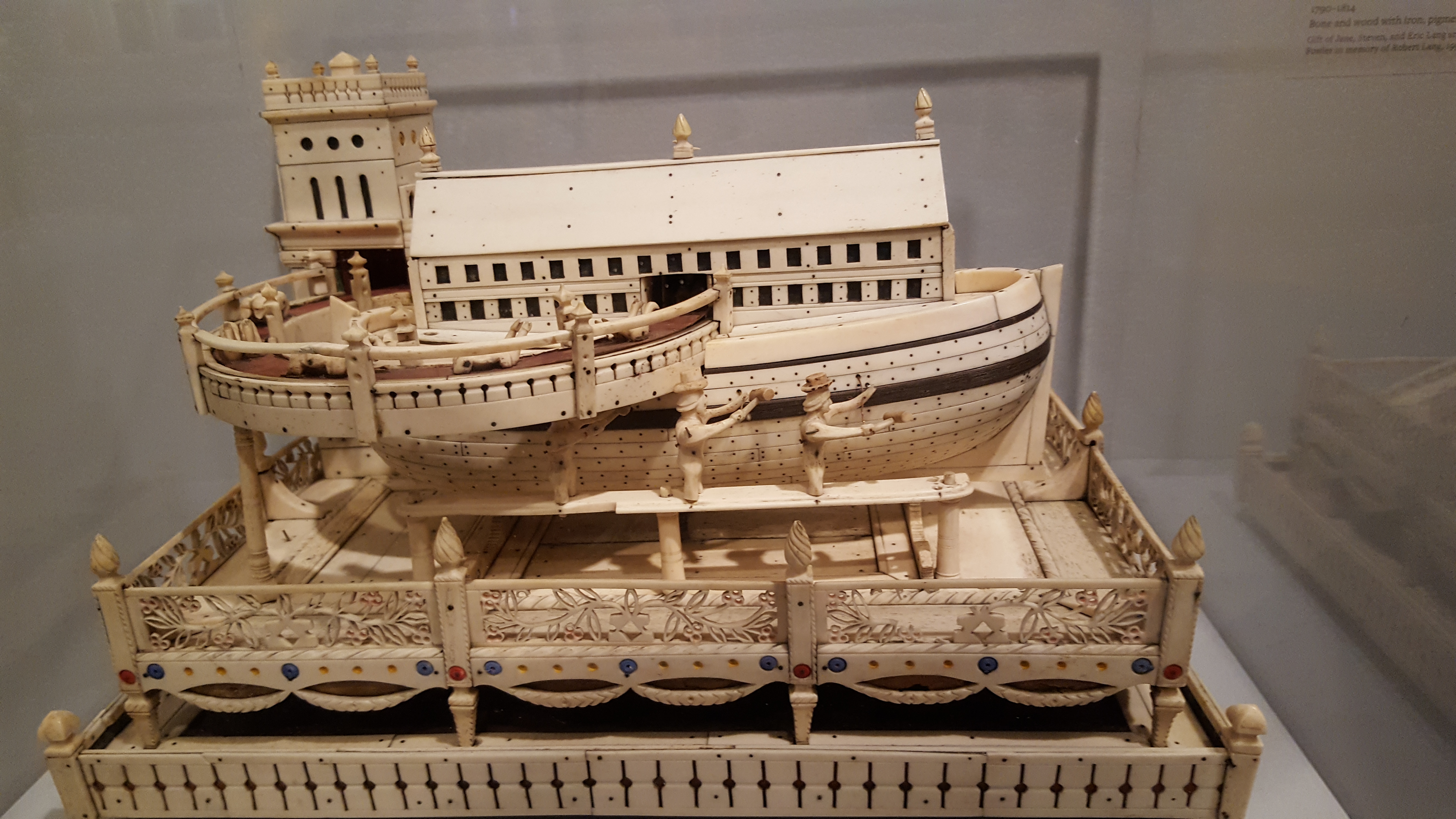 |
Folk Art Museum
Location : New York City The American Folk Art Museum is an art museum in the Upper West Side of Manhattan, at 2, Lincoln Square, Columbus Avenue at 66th Street. It is the premier aesthetic institution devoted to American folk art and creative expressions of contemporary self-taught artists from the United States and abroad. Its collection holds over 8,000 objects from the 18th century to the present. These works span both traditional folk art and the work of contemporary self-taught artists and Art Brut. In its ongoing exhibitions, educational programming, and outreach, the museum showcases the creative expressions of individuals whose talents developed without formal artistic training. |
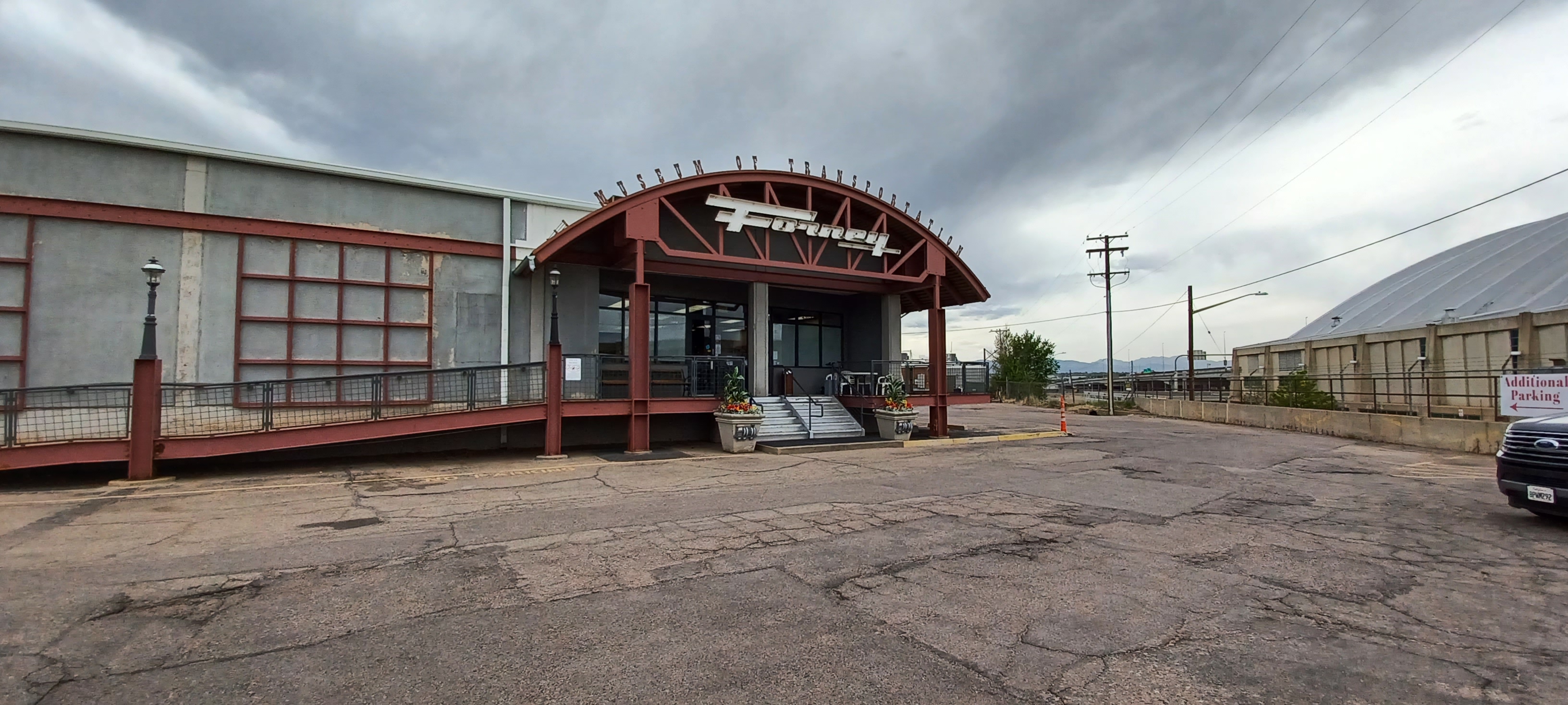 |
Forney Transportation Museum
Location : Denver, Colorado The Forney Museum of Transportation has over 800 vehicles, models, and artifacts relating to the history of transportation. It began 67 years ago with a single 1921 Kissel, but soon expanded to include vehicles of all kinds. Today it includes not just vehicles, but also buggies, motorcycles, steam locomotives, aircraft, carriages, rail equipment, fire apparatus, public transportation, sleighs, bicycles, toys, diecast models, vintage apparel and more. The collection highlights include: Union Pacific 'Big Boy' Steam Locomotive #4005, Amelia Earhart's 1923 Kissel 'Gold Bug', Forney Locomotive, Colorado and Southern Caboose, 1923 Hispano-Suiza, 1913-53 Indian Motocycle Collection, Denver and Rio Grande Dining Car, Stutz Fire Engine, 1888 Denver Cable Car, 1923 Case Steam Tractor, 1817 Draisenne Bicycle, 500 Piece Matchbox Collection. |
 |
Forney Transportation Museum
Location : Denver, Colorado Pictured here is the Union Pacific "Big Boy" steam locomotive #4005. The Union Pacific Big Boy is a articulated 4-8-8-4 steam locomotive manufactured by the American Locomotive Company (ALCO) between 1941 and 1944 and operated by the Union Pacific Railroad until 1962. 25 Big Boy locomotives were built to haul freight over the Wasatch Range between Ogden, Utah, and Green River, Wyoming. They were the only locomotives to use a 4-8-8-4 wheel arrangement: four-wheel leading truck for stability entering curves, two sets of eight driving wheels and a four-wheel trailing truck to support the large firebox. Today, eight Big Boys survive, with most on static display at museums across the USA. One of them, No. 4014, was re-acquired by Union Pacific, and between 2014 to 2019 it was rebuilt to operating condition for the 150th anniversary of the first transcontinental railroad. It thus regained the title as the largest and most powerful operating steam locomotive in the world. |
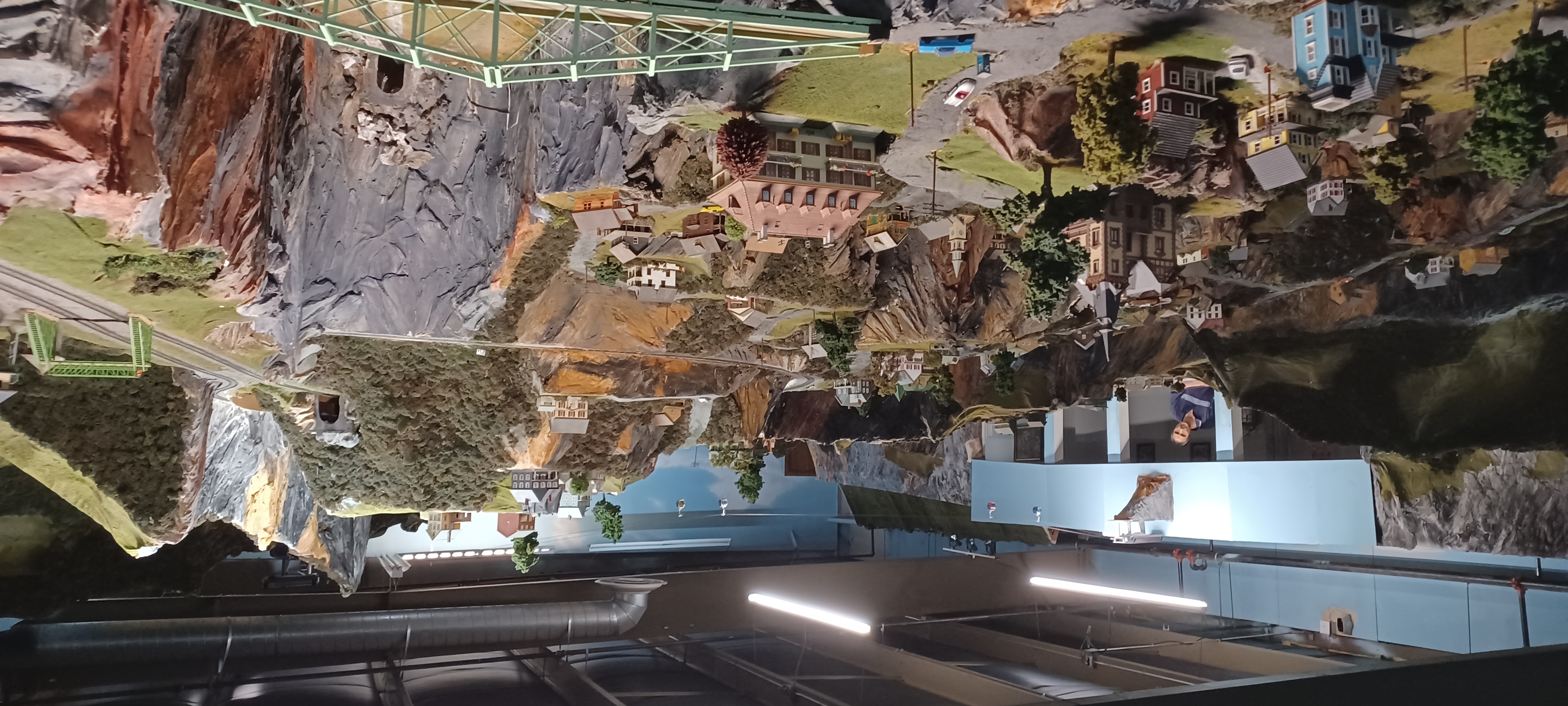 |
Northlandz
Location : Flemington, New Jersey Northlandz is the world's largest miniature model railroad museum. It built by Bruce Williams Zaccagnino. The new owner, Tariq Sohail renovated it and the museum reopened in 2019. It occupies 52,000 square feet and took 306,600 hours to construct. It boasts 35 ft canyons, 400 bridges, 100 operating model trains, 200 tunnels, and 8 miles of miniature railroad track. |
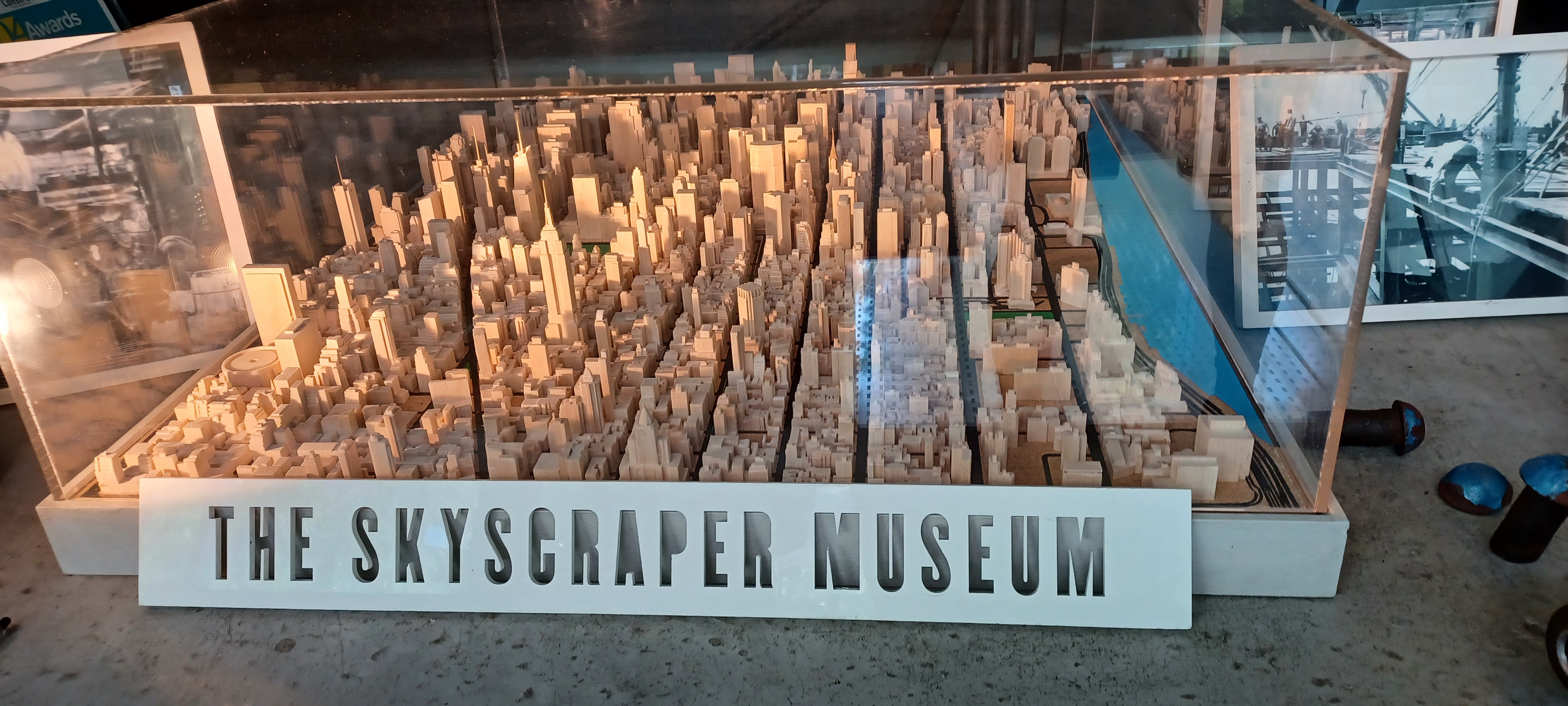 |
Skyscraper Museum
Location : New York City The Skyscraper Museum celebrates architectural heritage and examines the historical forces and individuals that have shaped skylines graced by skyscrapers. Through exhibitions, programs, and publications, the Museum explores tall buildings as objects of design, products of technology, sites of construction, investments in real estate, and places of work and residence. In 2011, the Skyscraper Museum opened the "Supertall!" exhibit dedicated to the tallest buildings in the world, those that stand 1,250+ feet (381+ meters), the height of the Empire State Building. The exhibit features qualifying buildings built since 2001. |
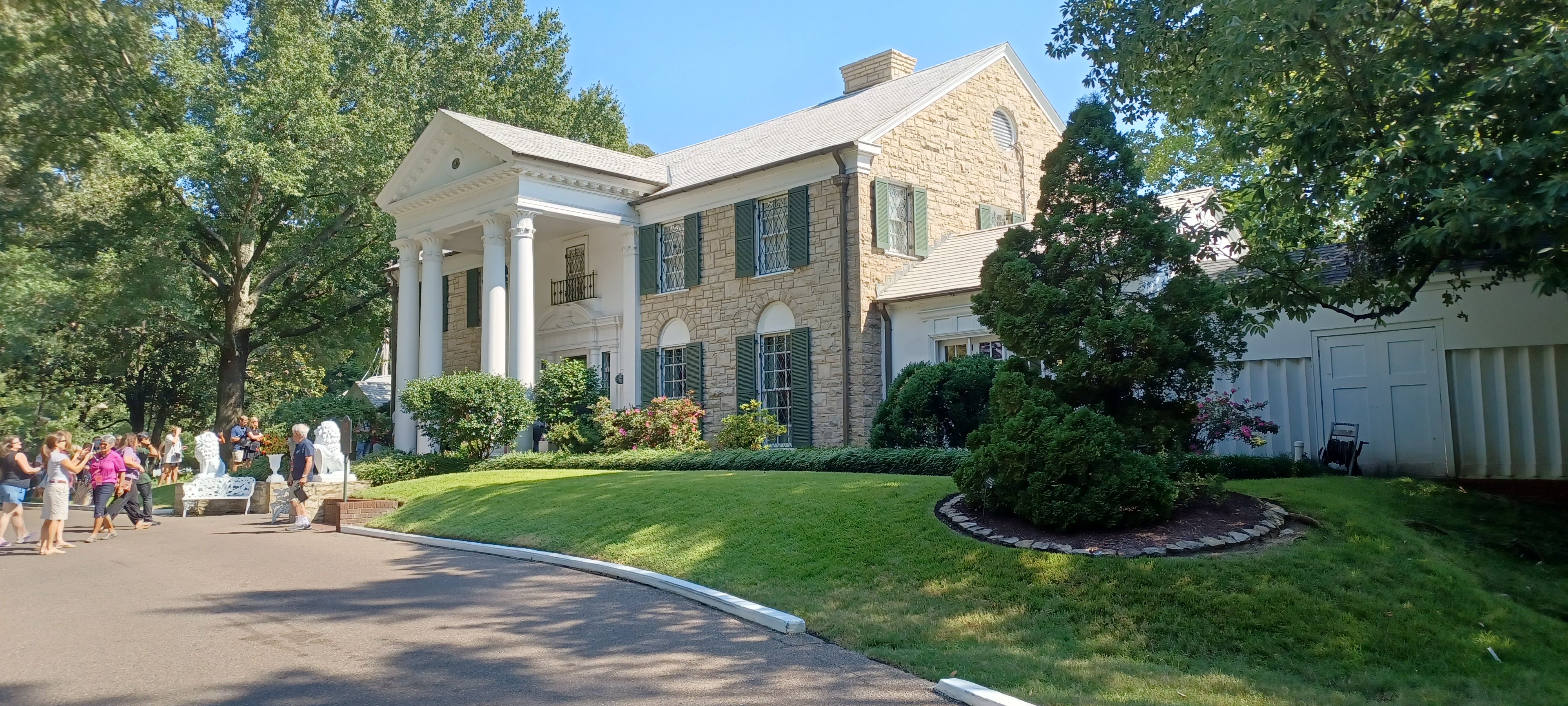 |
Graceland
Location : New York City Graceland was once owned by rock and roll icon Elvis Presley. His daughter, Lisa Marie Presley, inherited Graceland after his death in 1977. It is a mansion on a 13.8-acre (5.6-hectare) estate in Memphis, Tennessee, United States. Graceland is located at 3764 Elvis Presley Boulevard in the Whitehaven neighborhood. It was opened to the public as a house museum on June 7, 1982. The site was listed in the National Register of Historic Places on November 7, 1991, becoming its first site recognized for significance related to rock music. Graceland was declared a National Historic Landmark on March 27, 2006, also a first for such a site. Graceland attracts more than 650,000 visitors annually. It rivals in number of visitors Hearst Castle, and the White House, home and office of the President of the United States in the capitol. |
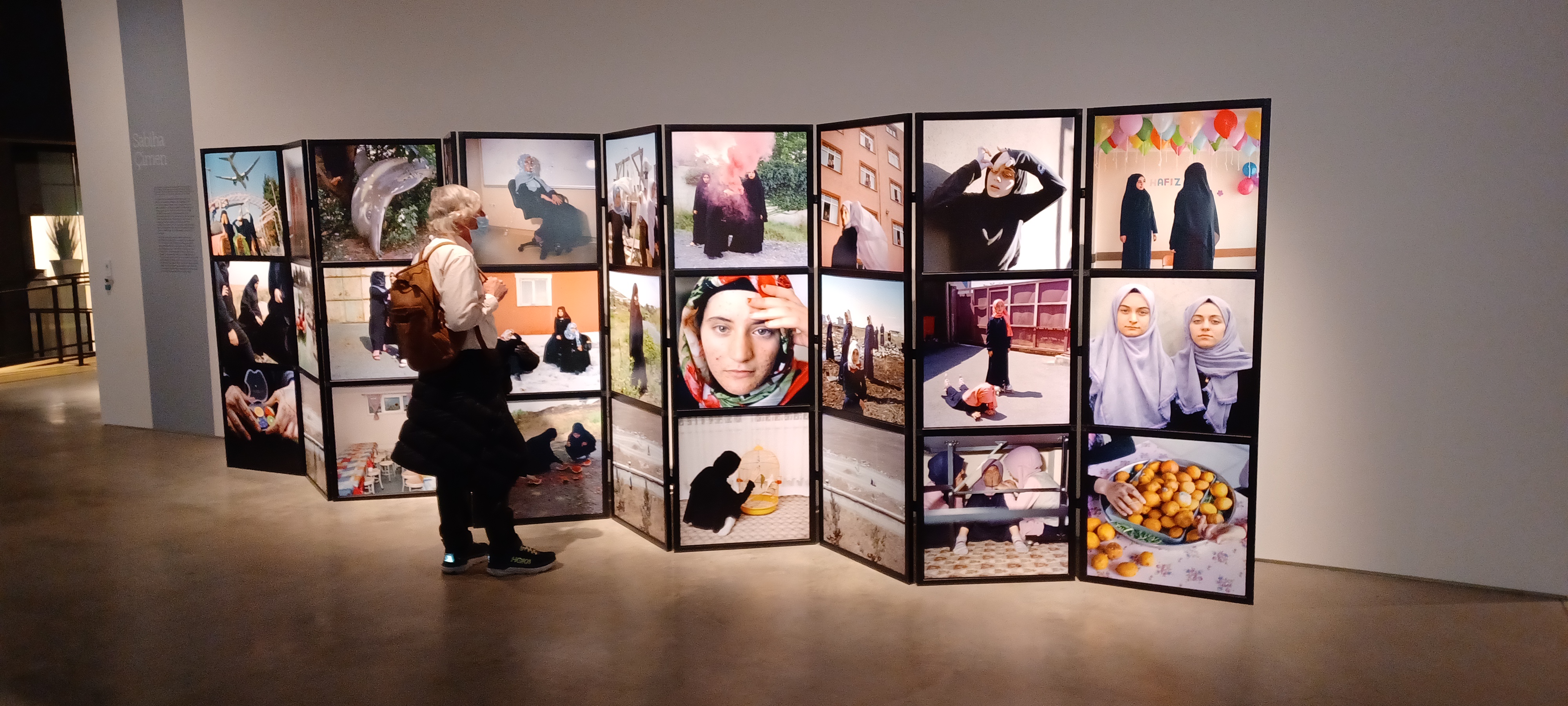 |
International Center of Photography
Location : New York City The International Center of Photography (ICP) is at 79 Essex Street on the Lower East Side of Manhattan, New York City. It is a museum for photography and visual culture and a school offering an array of educational courses and programming. ICP has a photographic collection, reading room, and photo archives. The organization was founded by Cornell Capa in 1974. ICP is the host of the Infinity Awards, "to bring public attention to outstanding achievements in photography by honoring individuals with distinguished careers in the field and by identifying future luminaries" |
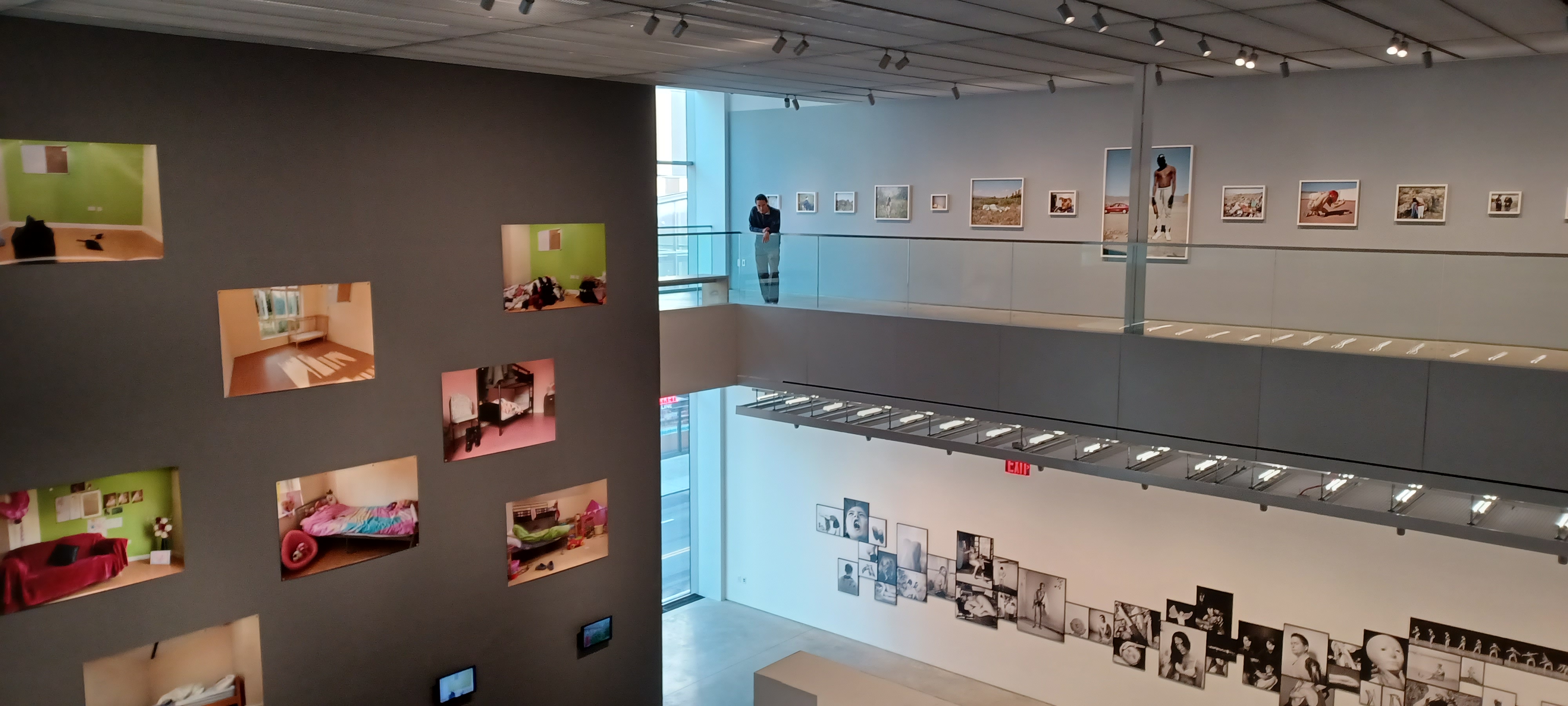 |
International Center of Photography
Location : New York City ICP's school serves more than 3,500 students each year. It offers courses that ranges from darkroom classes to certificate and master's degree programs. The Infinity Awards are given in a variety of categories including: Lifetime Achievement, Applied Photography, Art, Artist's Book, Critical Writing and Research, Documentary and Photojournalism, Emerging Photographer, Online Platform and New Media, and Trustees Award. The permanent collection at ICP contains more than 200,000 photographs and related materials from the earliest forms of photography to contemporary work. |
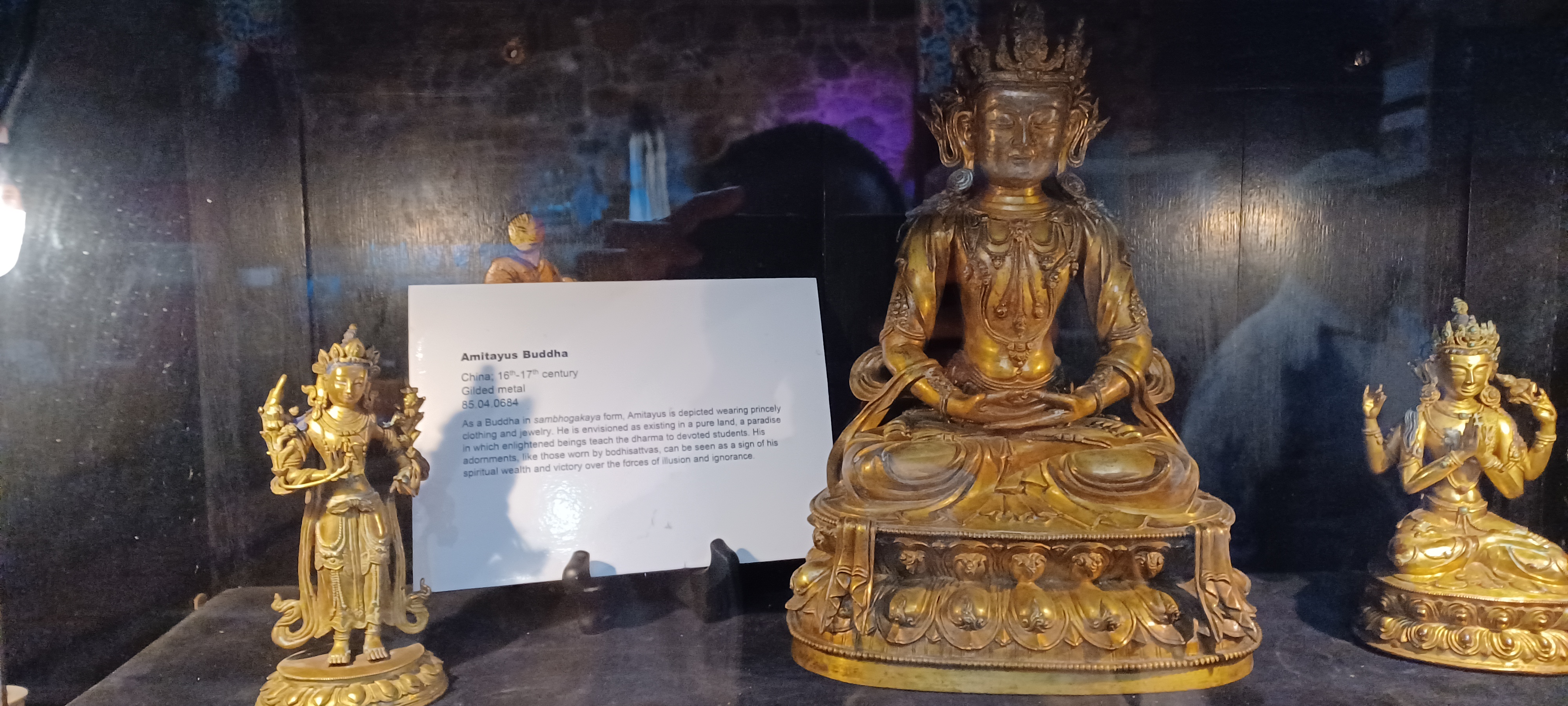 |
Jacques Marchais Museum of Tibetan Art
Location : Staten Island, New York City The Jacques Marchais Museum of Tibetan Art is a museum located on residential Lighthouse Hill in Egbertville, Staten Island, New York City. It is has the United States' most extensive collections of Himalayan artifacts. It was created by Jacques Marchais, (1887-1948) an American woman who bridged the West and the rich ancient and cultural traditions of Tibet and the Himalayan region. Marchais designed her educational center to be an all-encompassing experience: it was built to resemble a rustic Himalayan monastery with extensive terraced gardens and grounds and a fish and lotus pond. The museum was praised for its authenticity by the Dalai Lama who visited in 1991. |
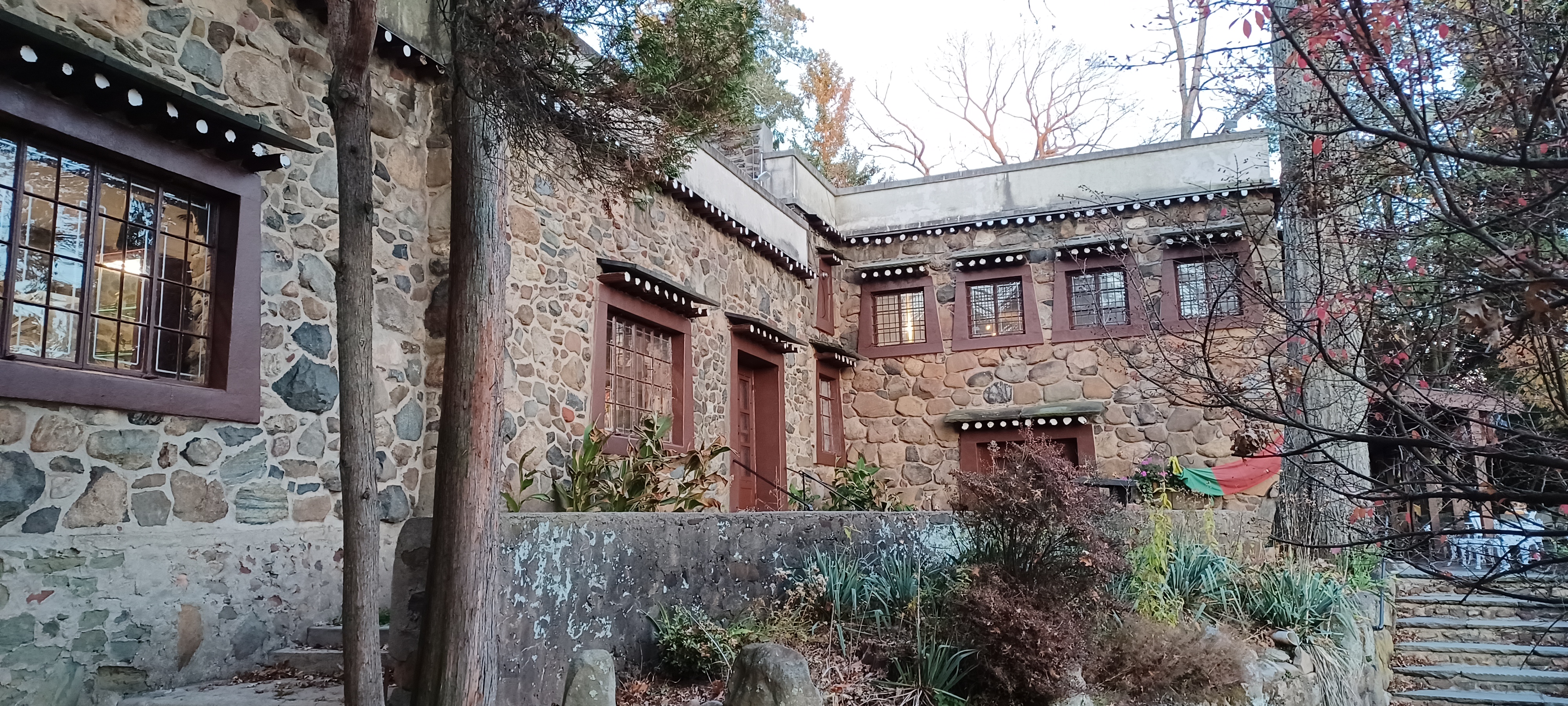 |
Jacques Marchais Museum of Tibetan Art
Location : Staten Island, New York City In 2009, the site was listed on the New York State Register and National Register of Historic Places. The museum officially opened in 1947. The museum, its collection and its history in Staten Island has been chronicled in the book "Treasures of Tibetan Art: Collections of the Jacques Marchais Museum of Tibetan Art". |
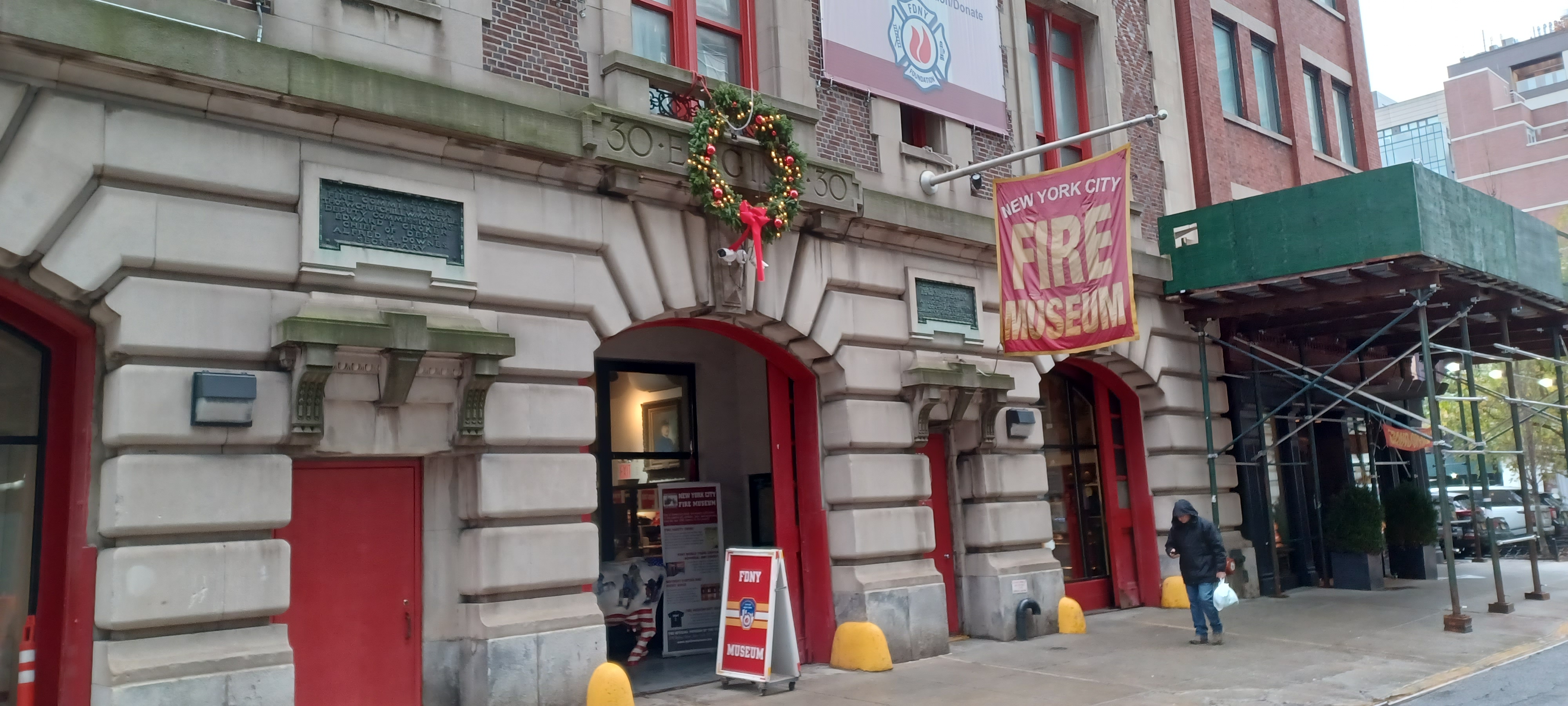 |
New York Fire Dept Museum
Location : New York City The New York City Fire Museum's opened in 1870. In 1938, Chief of Department John McKenna ordered that the relics be set up as a museum, along with a library, on the seventh floor of the NYC Fire College in the Packard Building at 32-02 Queens Boulevard in Long Island City. In 1957 it was moved to the quarters of Hook & Ladder Company 1 at 100 Duane Street in Manhattan. A non-profit, The Friends of the New York City Fire Department Collection raised funds to renovate the former quarters of Engine Company No. 30, a 1904 Beaux-Arts firehouse on Spring Street. The New York City Fire Museum has operated from that location since 1987. The NY Fire Museum shows the evolution of firefighting from the bucket brigades of Peter Stuyvesant's New Amsterdam through with volunteer firefighters to modern firefighting techniques and equipment. The Museum houses a special memorial to the 343 members of the FDNY who made the died on 9/11 and features a number of firefighting artifacts recovered from the World Trade Center site. |
 |
New York Fire Dept Museum
Location : New York City A video room and a mock apartment with an artificial smoke machine and simulated fire hazards are used for education presentations. The New York City Fire Museum attracts 40,000 visitors. Retired FDNY firefighters volunteer to relate stories of New York City's fire fighting with the help of the Museum’s collection. On November 17, 2015, the New York City Fire Museum received an Absolute Charter from the Board of Regents of the NYS Department of Education. Pictured here is "Old Engine 93" that went into service on March 20, 1913. It was the last steam-powered fire engine in service. It was retired in 1933 and given the nickname "Old 93" and was used as a parade vehicle to promote fire prevention. The FDNY's transition to gasoline combustion engines was slow and cautious. In 1911 Fire Commissioner Waldo proposed a plan to begin motoriation that was completed in 1925. In 1912 the steam engine was a well-developed and proven technology. The Department was not willing to risk the safety of the city on the new gasoline-powered technology. Thus, Old 93 was ordered with a coal burning steam enginer for pumping water. However, the gasoline enginer if not initially as dependable as horses was a lot cheaper. The original Old 93 tractor was manufactured by Christie and was converted to its current Van Blerk Tractor. |
| ---
Location : New York City xx |
|
| ---
Location : New York City xx |